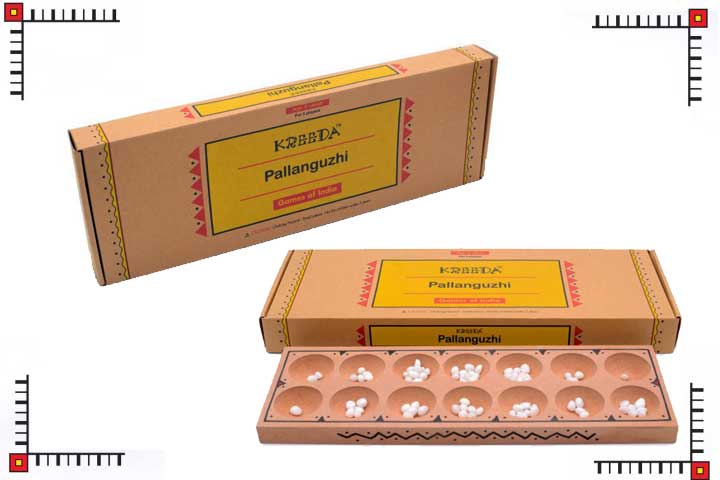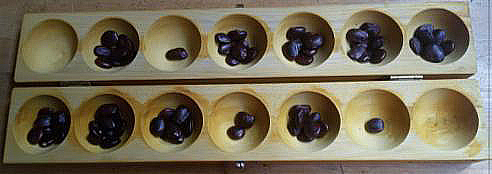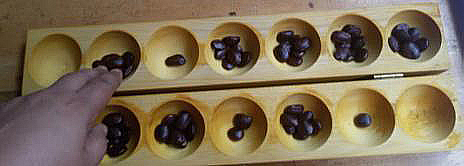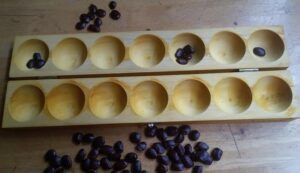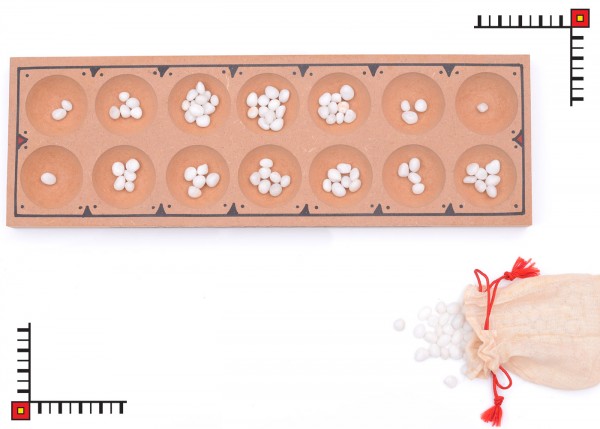This product from Karma is extremely light-weight and highly durable. This ultra-light transport chair weighs only – 9.2kg can take up to 100Kg weight and provides a more stable ride. Can move in very narrow space and allows easy storage and transport.
AVAILABLE AT OLD IS GOLD STORE
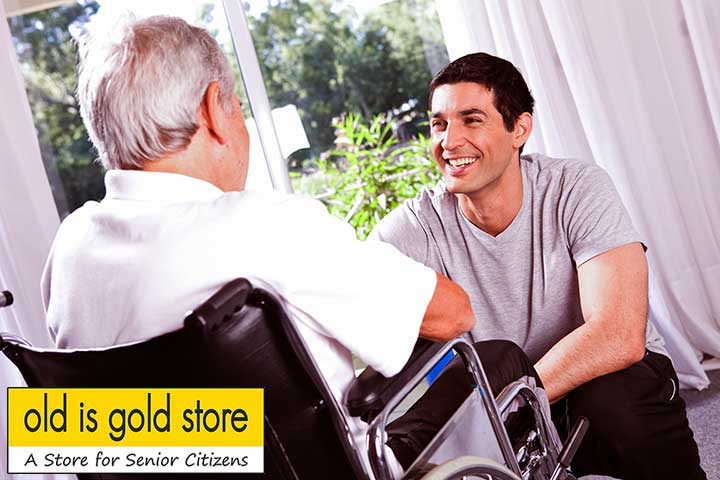
Doorways
- The safest way to operate the wheelchair is on level floors that are free of obstacles. Whenever possible use a ramp to enter or exit a facility. Keeping your hands on the push rims will allow you to maintain maximum balance. Do not try to force yourself over an obstruction by propulsion and never use the sides of a doorway to pull yourself through a passageway.
Negotiating Inclines
- Never turn on a hill due to the danger of tipping.
- When assisting, go straight up a slope. If user needs to go down midway, walk backwards until user is on level ground. (See Figures 2.2 and 2.3.)
- Do not drive up to 7 degrees of incline to avoid danger. When negotiating inclines, don’t propel up to 3 degrees of incline.
- Avoid stopping on an incline, it can potentially cause you to lose control of the wheelchair.
- Do not use the brakes to slow down or stop the wheelchair, this could cause it to seize up, causing you to lose control or fall out of the wheelchair.
- Whenever possible, utilize help from an assistant/attendant while negotiating inclines.
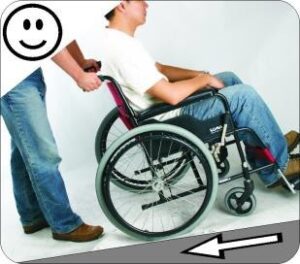
Figure 2.2

Figure2.3
Kerbs
- Whenever possible get help from an assistant/attendant (if you have assistance make sure that your chair is equipped with push handles)
- Avoid hard impacts when descending a kerb. A hard impact could adversely affect the wheelchair.
- Never try to scale or descend kerbs that exceed a normal height.
- Always take care when climbing kerbs or turning on slopes and never move in reverse without an assistant.
Stairs
- Always use two or more assistants. Tilt the wheelchair to its point of equilibrium. One assistant (at the back) holds the wheelchair up against the first step, gripping the handles firmly to lift. The second assistant, holding firmly a fixed part of the front frame, lifts the wheelchair above the stairs and holds it while the first attendant places one foot on the following step and repeat the operation (See below Figure)
- Never go down the steps forwards.
- Never use an escalator for transport, use an elevator.
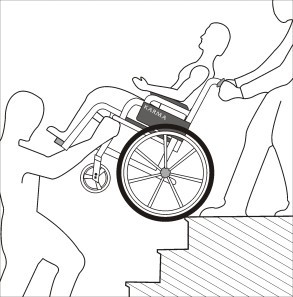
Streets
- Always use extreme caution when crossing streets. Reflective tape on the wheelchair and/or your clothing will make you more visible to drivers.
- Please comply with traffic safety code.
- Avoid potholes and rough terrain that might cause the casters to become stuck. (See Figure 2.4)
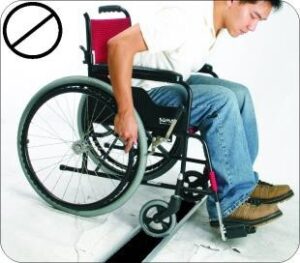
Figure 2.4
General
- Always make sure BOTH brakes are applied before getting in or out of the wheelchair.
- Never stand on the footplates when getting in or out of the wheelchair.
- Never carry more than one passenger. KARMA wheelchairs are limited to one user.
- Use caution to assure your clothing doesn’t get tangled with the wheels.
- When the user is operating the wheelchair using the push rim, please push the wheelchair gently. DO NOT apply a sudden huge force on the push rim. It could cause the chair to tip over. Please refer to the figure below for the best grip points for using the push rim.
Upholstery
- When cleaning the upholstery, use warm water and a mild soap.
- Upholstery cleaner/foam can also be used, but avoid other cleaning solvents.
- Do be far away of flame, it might injury user and damage the wheelchair.
Anti-tippers
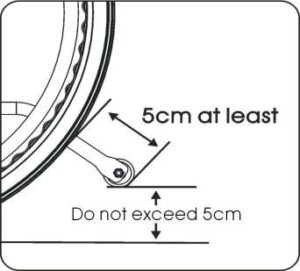
- Please strongly consider purchasing anti-tippers and always use them to avoid personal injury. The distance between anti-tipper and wheels is at least 5cm; the height to floor doesn’t exceed 5 cm.
Maximum User Weight Limit
- Loads exceeding maximum capacity can damage your wheelchair and cause malfunctions yielding a safety hazard.
Avoid General Misuse
- Any vehicle can cause injury if misused and with reasonable care and your safety will be ensured.
- Your wheelchair will give years of safe use if used sensibly and be aware that careless use endangers your own safety as well as that of user.
• Do not let children stand or play on the wheelchair. (See Figure 2.5)
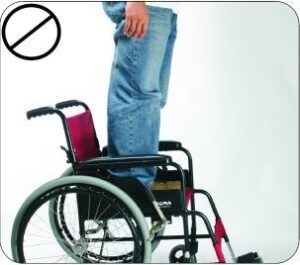
Figure 2.5
